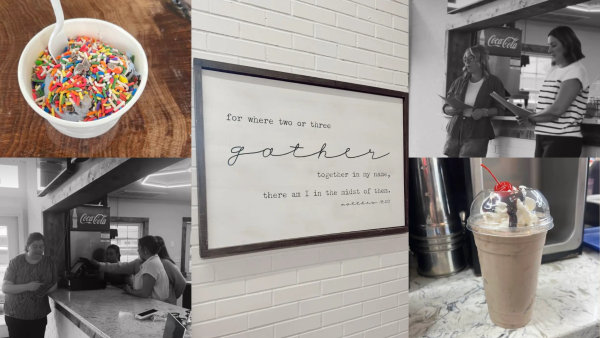Social Media and our Generation
Social media is a new phenomenon that has appeared within the past decade and is a very big part of my generation’s lives. You normally won’t see many people over the age of 10 without an iPod or some type of smartphone. In recent years kids have been getting smartphones at younger ages. Although many older people see social media as just a negative thing, many positives are present in this virtual world. Just to clear the air, we can start with some of the negatives of social media.
Social media is said to damage teen’s body image and ruin social skills. With websites like ask.fm on the internet, I can understand why people believe social media to be dangerous. Ask.fm is a website in which you can ask anonymous questions to whom ever you want, and teens take the opportunity to hide behind a screen. In 2013, when this article was put up, nine teens had committed suicide due to bullying on this website. This side of social media is very damaging and dangerous.
Other places on this virtual world that seem harmless but are actually very damaging. The damage on body image is an important thing to think about when getting into social media. Caroline Knorr, the parenting editor of Common Sense Media says that social media gives people on the internet an outlet to judge us teens even rate each other on beauty and tell them if they are ugly or pretty on social media. This is a more damaging outlet than in person because people get bold behind a screen and will say things that they wouldn’t dare say to someone’s face. Teens go to social media for body image validation, and many adults wonder why we do it. Knorr explains it very well she says, “Why are teens turning to the Internet for body image validation? Well, because they can. In adolescence, self-consciousness and the need for peer-validation are at their height, and the Internet acts as a kind of “super peer,” providing a quick route to satisfying both concerns.”
The final main damage after looking online was the damage on teen’s social skills. Dr. Catherine Steiner- Adair, a clinical psychologist, says that texting is ruining our ability to communicate with others face to face. She says that texting damages teen’s ability to read body image and understanding how the person you are communicating with are feeling. Adair also says something that agrees with previous statements: teens get bold behind a screen. She says that social media doesn’t allow teens to learn to stand up for themselves in person. She says “In a way, texting and online communicating—it’s not like it creates a nonverbal learning disability, but it puts everybody in a nonverbal disabled context, where body language, facial expression, and even the smallest kinds of vocal reactions are rendered invisible.” Some other authors would have to disagree with her opinion that social media doesn’t encourage teens to stand up for themselves.
Kelly Wallace, an author for CNN says in her article “The Upside of Selfies” that social media gives teens an outlet to speak out about controversial topics and make a difference. “twenty-eight percent said social networking made them feel more outgoing versus 5% who said it made them feel less so; and 29% said it made them feel less shy versus the 3% who said it made them feel more introverted.” This means that teens really are being encouraged to speak out with social media. Teens use social media to give themselves a voice on controversial issues when normally they would simply be ignored because they are young. This article tells a specific story about teens who used the hashtag #unselfie with a picture of a loom bracelet that they purchased to raise money for cystic fibrosis. With speaking out comes improved writing and that takes us to another perk of social media.
Some people believe that with all the abbreviations that social media brings that teens’ writing is being damaged. Andrew Simmons, an English teacher, believes very differently because he has seen evidence of it. He says that he has observed the teen boys writing change more than anyone else. He believes this is due to social media’s encouragement to express emotions. He says in his article “Social media helps students write better”; “ Instead of being mocked for revealing too much, students who share in this way win likes and supportive comments from male friends.” Now that teens are being encouraged to express their emotions online that is carried over into their writing, and you see a definite change in teens writing. Their writing goes from dry and boring to exciting and emotional, which is a lot more exciting to read. Social media can do more than just help students write better and boost their self-esteem; it can save lives.
One specific time when social media helped save lives was during hurricane Sandy. Jacqueline Baylon wrote an article called “Hurricane Sandy: Authorities use social media to keep people informed” that was all about a time when social media became vital. Many apps that are out to help track storms and the National Weather Service has a twitter account. During the storm, the National Weather Service was updating their twitter about the damage and where the storm was. Social media also helped people to stay in touch with loved ones and let them know that they were safe while telephone lines were down. This gave peace to the families concerned about their loved ones.
Social media is an interesting new idea in our society, and it can be just as damaging as it is beneficial. Teens simply need to know how to use it and how not to. My generation has been the most greatly affected by the new social media explosion, and I believe that we have the power to change the world or destroy it with the little apps on our phone.





